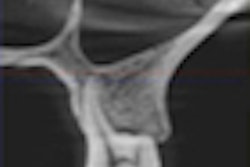In response to the study released today that found an association between frequent dental x-rays and an increased risk of developing meningioma, the ADA issued the following statement:
The ADA has reviewed the study and notes that the results rely on the individuals' memories of having dental x-rays taken years earlier. Studies have shown that the ability to recall information is often imperfect. Therefore, the results of studies that use this design can be unreliable because they are affected by what scientists call "recall bias." Also, the study acknowledges that some of the subjects received dental x-rays decades ago when radiation exposure was greater. Radiation rates were higher in the past due to the use of old x-ray technology and slower speed film. The ADA encourages further research in the interest of patient safety.
The ADA noted that its long-standing position is that dentists should order x-rays for patients only when necessary for diagnosis and treatment. Since 1989, the ADA has published recommendations to help dentists ensure that radiation exposure is as low as reasonably achievable.
As part of the ADA's recommendations to minimize radiation exposure, the ADA encourages the use of abdominal shielding and thyroid collars on all patients. In addition, the ADA recommends that dentists use E or F speed film, the two fastest film speeds available, or a digital x-ray.
In addition to the x-ray recommendations, the ADA's Council on Scientific Affairs will publish clinical guidance on the use of cone-beam computed tomography in an upcoming issue of The Journal of the American Dental Association.



















